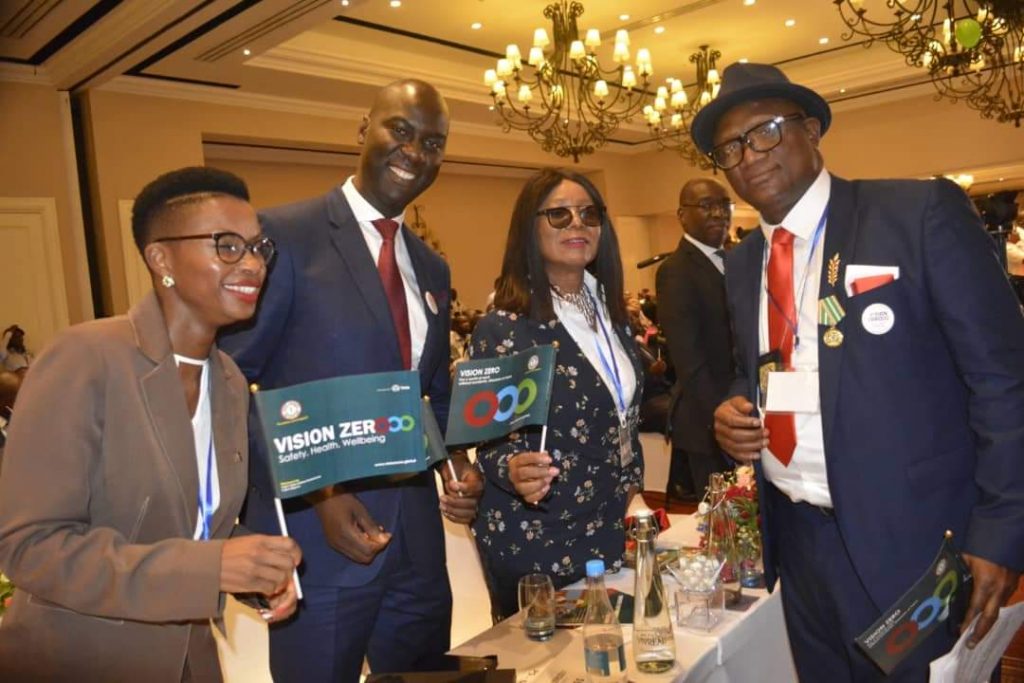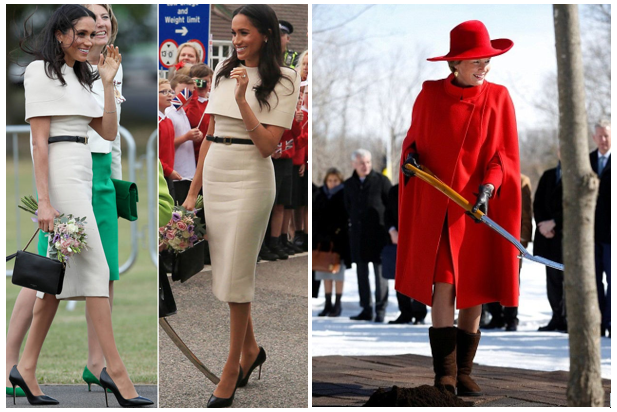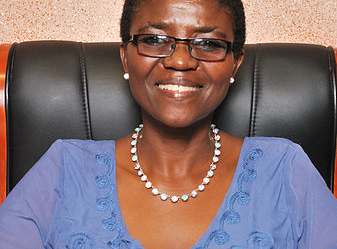By John Chola ZAMBIA has finally launched the global Vision Zero campaign, a process aimed at building a culture of prevention of occupational accidents that integrates safety, health and wellness. Minister of Labour and Social Security Joyce Simukoko told hundreds of delegates from around the globe and within Zambia gathered in Livingstone for the official launch that the global Vision Zero campaign was premised on the belief that all occupational accidents and diseases are preventable. Simukoko said the campaign resonates well with the policies of the Government of Zambia that seek to address occupational safety and health at work places across the country. In a speech read for her by Ministry of Labour and Social Security Permanent Secretary Barnaby Mulenga on Friday December 14, 2018, Simukoko noted that occupational accidents and diseases, present colossal social and economic burdens to enterprises in the local and global economy. She added that the…
I Believe in Being Strong When Everything Seems to Be Going Wrong
“I believe in being strong when everything seems to be going wrong. I believe that happy girls are the prettiest girls. I believe that tomorrow is another day, and I believe in miracles.” – Audrey Hepburn
Women Are the Real Superheroes – Why Not Look the Part?
By Boma Benjy Iwuoha
Capes have always been synonymous with superheroes, from Batman, and Superman, to captain marvel etc., capes are believed to empower superheroes with magical wings, and the ability to fly to the rescue, and do amazing things like save the planet or destroy the enemy.
STEM: The World’s Offense Against Women
Several years ago, we could say that there was a huge career gap between the genders all over the world. More women were involved in caregiving roles, family functions, and specific jobs which were considered suitable for women (because of the deeply rooted feminine features, and ability to multi-task within somewhat stress-free subtleties) such as teaching, nursing, and catering. Women were regarded as the “weaker sex” as they were generally considered incapable of keeping up with roles that involved security, physical strength and might, and an all-around mental/emotional stability. The men, on the other hand, were seen as protectors, leaders, and builder who in most cases, have things figured out. This notion was born out of a close study of natural occurrences over time and not particularly because a certain category of the individual was selected to be marginalized. A meta-analysis concluded that men prefer working with things and women…
A Girl’s Journey Through S.T.E.M – The Past – Present and the Future
Examining the life of a woman and her journey in S.T.E.M, you will find that almost everything she ever did from the stone age till date has had some elements of Science, Technology, Engineering, and Math, which in today’s world is referred to as S.T.E.M.
“Creating A Shared Vision Between Men and Women Can Be an Agent for Transformation” – Dr Tinaye
With the various drives going on in Africa to reduce the number of people infected and living with HIV/AIDS, the Consortium of Leadership & Gender Experts (CLGE] has been set up to bridge the gender discriminations that exists on the continent. In an exclusive interview with Amazons Watch Magazine, Dr Tinaye tells us more about the future of Africa and what the plans for PLWHA are on the continent. Excerpts: Our findings reveal that you have put in over twenty years in the academia and social development in the areas of education, health – HIV/AIDS, & gender. Kindly tell about yourself and your career in these fields. I am, first and foremost a nurse, at heart and by training but, I was never a clinical nurse! I went in as a Clinical Instructor/Student Fellow upon nursing training completion. After working for just over a year I went for further studies…
To My Teenage Daughter – There Are No Shortcuts to Any Place Worth Going
As parents, we find often find ourselves in a situation where we have to put our feet down and completely disagree with our teenage wards. It could be due to their late-night habits, rude retorts or simply avoiding daily chores. Have you ever wondered what your teenage daughter would choose if she was presented with the options to stay with you, or be emancipated? Ariel Winter, an American actress and voice actress, popularly known for her role as Alex Dunphy in the comedy series Modern Family, earned her legal right to emancipation at 17, in 2015. As stories of her emancipation due to a complicated and somewhat strained relationship with her mother swarmed the media, it was sure to give mothers a great cause for concern. Teenagers had a new weapon, they could threaten to file for emancipation and get away with mischief; Many parents wondered if they were getting…







